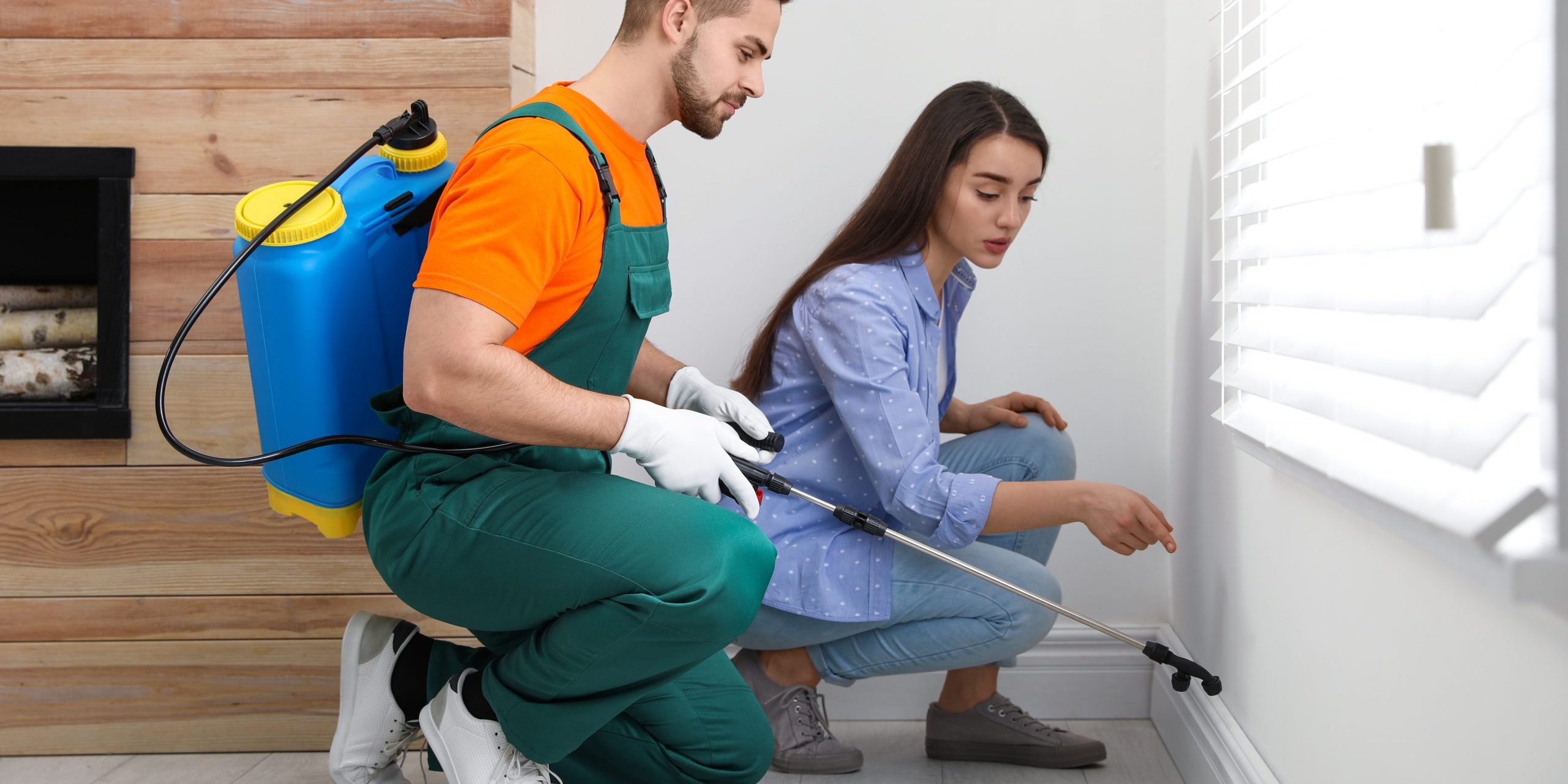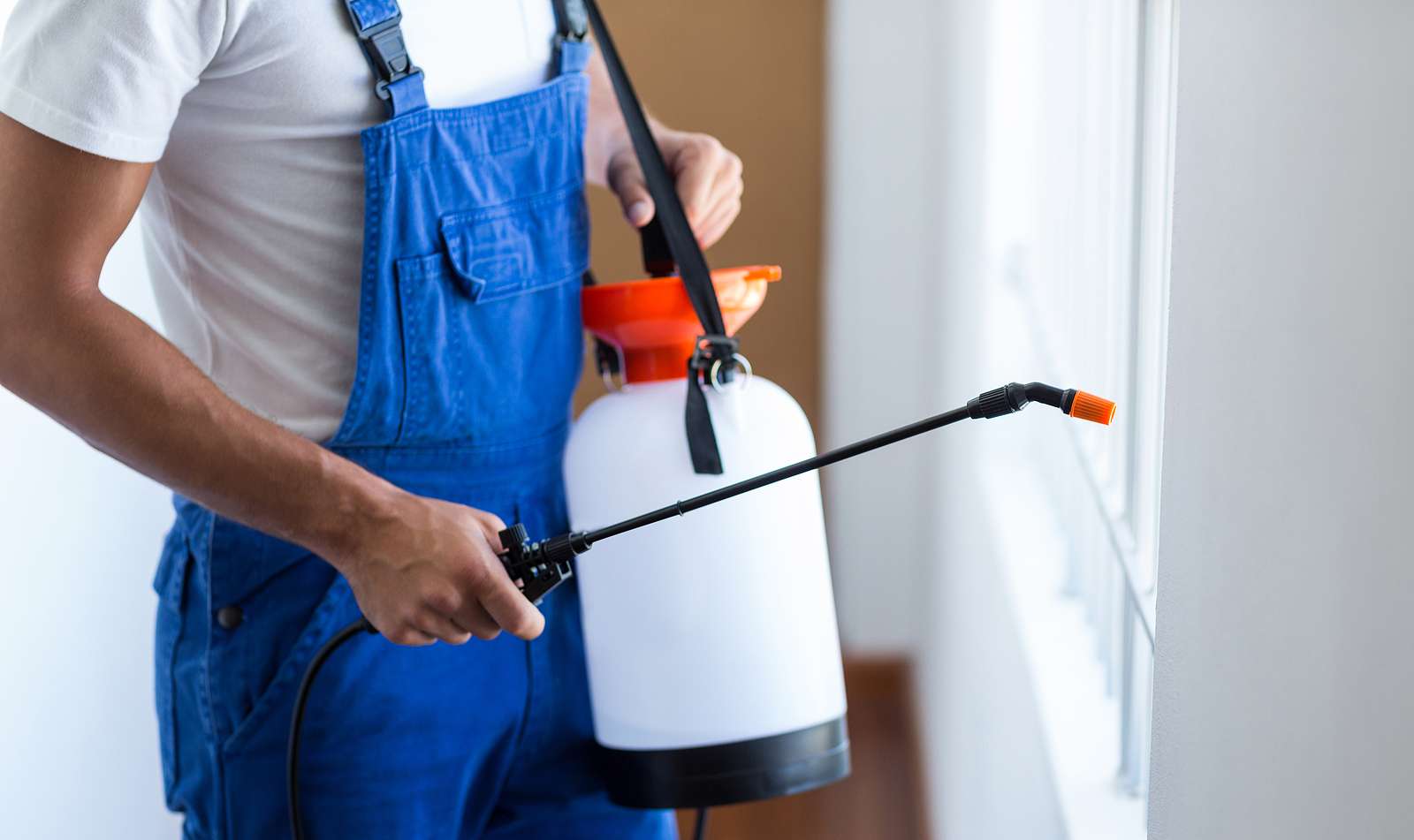Bed Bug Dog Detection: Discover Infestations Early for Comfort!
Bed Bug Dog Detection: Discover Infestations Early for Comfort!
Blog Article
Specialist Insect Control Techniques for Long-Term Results
In the world of insect control, attaining sustained efficacy and long-lasting results calls for a careful method that goes beyond mere elimination. Expert parasite control techniques envelop a thorough strategy that starts with a comprehensive evaluation and assessment, followed by accurate pest recognition to comprehend their actions patterns. The implementation of Integrated Bug Management (IPM) concepts, combined with eco-conscious treatments, forms the foundation of lasting insect obliteration. The real examination lies in the continuous tracking and upkeep of the dealt with areas, guaranteeing a pest-free setting for the near future. By delving right into the details of these techniques, a deeper understanding of expert bug control techniques for sustaining results emerges.
Inspection and Analysis
Upon getting in a residential property for bug control solutions, the first action is a detailed examination and analysis to determine the degree of the invasion and determine the most effective therapy strategy. Professional pest control specialists are trained to meticulously examine the premises, seeking signs of bug task such as droppings, chomp marks, nests, or any type of structural damage. They will also evaluate the problems that might be attracting parasites, such as food resources, water leaks, or entrance points.

Parasite Identification and Habits

Furthermore, recognizing the actions of the identified pest is key to implementing reliable control procedures. For instance, knowing where pests nest, what they prey on, and their task patterns can assist pest control experts devise strategies to remove them effectively. Some parasites may be nighttime, while others are a lot more active throughout the day. This understanding permits the application of treatments at ideal times for maximum efficiency.
Integrated Insect Monitoring (IPM)
Integrated Insect Monitoring (IPM) techniques incorporate several strategies to control and stop pest invasions in a lasting and eco-friendly fashion. bed bug treatment. By incorporating techniques such as organic control, environment manipulation, adjustment of social techniques, and the use of resistant ranges, IPM intends to minimize using chemical pesticides
Among the vital principles of IPM is the emphasis on prevention. This positive strategy involves tracking pest populations regularly to discover any kind of possible issues before they escalate. By identifying bug issues beforehand, pest control measures can be implemented swiftly and efficiently.
Additionally, IPM promotes making use of non-toxic parasite control approaches whenever feasible. This can consist of using all-natural killers of the parasites, presenting beneficial pests, or using pheromones to disrupt mating as pest control patterns. By reducing reliance on chemical pesticides, IPM not just shields the setting yet additionally aids keep an equilibrium in the environment.
Environmentally-Friendly Treatments
Executing eco-conscious techniques in pest control treatments can properly attend to invasions while prioritizing environmental sustainability. Environmentally-friendly therapies concentrate on reducing the impact of parasite control approaches on ecological communities, non-target microorganisms, and human health. These methods frequently involve using natural killers, such as ladybugs or nematodes, to manage pest populations, reducing the demand for chemical interventions. In addition, strategies like habitat manipulation, such as readjusting wetness degrees or eliminating food sources, can help prevent insects without making use of harmful materials.
An additional secret facet of environmentally-friendly therapies is the use of natural and biodegradable items that damage down rapidly without leaving damaging deposits in the environment. Organic pesticides derived from plants like chrysanthemums or neem use effective insect control while posturing very little threat to non-target species. Moreover, using approaches like warmth therapies or pheromone traps can target certain parasites with precision, minimizing the total environmental impact of insect control techniques.
Continuous Surveillance and Maintenance
Regular security and maintenance are essential components of effective pest control management. Ongoing tracking plays an essential role in guaranteeing that pest infestations are spotted early and dealt with promptly. Regular evaluations by how to control pest at home qualified professionals are required to identify any signs of parasite task, examine the efficiency of previous treatments, and make adjustments to the insect control plan as required. By keeping an eye on bug populations over time, pest control specialists can track patterns, prepare for possible concerns, and apply safety nets to decrease the danger of future infestations.
In addition to surveillance, maintenance methods are essential for long-term insect control success. This includes carrying out correct sanitation steps to get rid of possible food and water resources for pests, sealing off entrance points to stop parasites from getting in the properties, and addressing any architectural concerns that could assist in parasite infestations (Exterminator DC). By integrating recurring tracking you could check here and maintenance right into an incorporated pest management strategy, businesses can ensure a pest-free environment and safeguard their home versus expensive damage and wellness threats
Final Thought
In final thought, using professional insect control methods such as complete evaluation and evaluation, exact parasite recognition and understanding of their habits, incorporated bug administration techniques, environmentally-friendly treatments, and recurring tracking and maintenance are important for attaining long-lasting lead to insect control. By implementing these approaches, people can successfully handle pest problems and preserve a pest-free setting in a sustainable manner.
Report this page